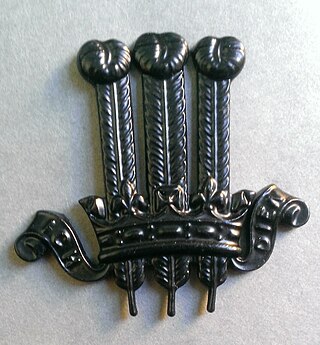
The 2nd King Edward VII's Own Gurkha Rifles (The Sirmoor Rifles) was a rifle regiment of the British Indian Army before being transferred to the British Army on India's independence in 1947. The 4th Battalion joined the Indian Army as the 5th Battalion, 8th Gorkha Rifles (Sirmoor Rifles), where it exists to this day. As part of the British Army, the regiment served in Malaya, Hong Kong and Brunei until 1994 when it was amalgamated with the other three British Army Gurkha infantry regiments to form the Royal Gurkha Rifles. It is the only Gurkha regiment which did not have a khukuri on its cap badge.
The 10th Princess Mary's Own Gurkha Rifles,, was originally a rifle regiment of the British Indian Army. The regiment was formed in 1890, taking its lineage from a police unit and over the course of its existence it had a number of changes in designation and composition. It took part in a number of campaigns on the Indian frontiers during the 19th and early 20th centuries, before fighting in the First World War, the Third Anglo-Afghan War and the Second World War. Following India's independence in 1947, the regiment was one of four Gurkha regiments to be transferred to the British Army. In the 1960s it was active in the Malayan Emergency and Indonesian Confrontation. It was amalgamated with the other three British Gurkha regiments to form the Royal Gurkha Rifles in 1994.
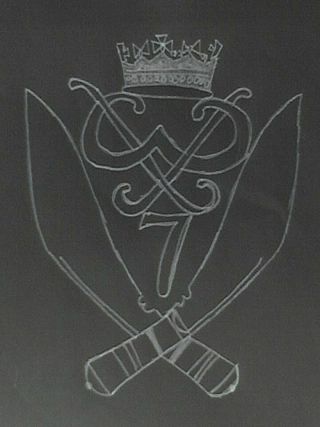
The 7th Gurkha Rifles was a rifle regiment of the British Indian Army, before being transferred to the British Army, following India's independence in 1947 and after 1959 designated as the 7th Duke of Edinburgh's Own Gurkha Rifles.
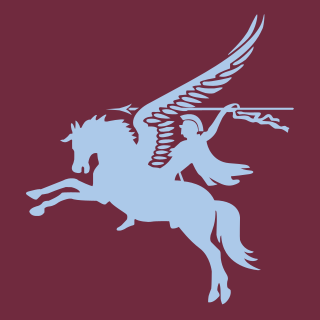
16 Air Assault Brigade Combat Team, known simply as 16 Air Assault Brigade from 1999 – 2021, is a formation of the British Army predominantly based in Colchester, Essex. It makes up the Air Assault Task Force, a battlegroup held at high readiness, and is the only brigade in the British Army focused on operating via parachute, helicopter and air-landing.
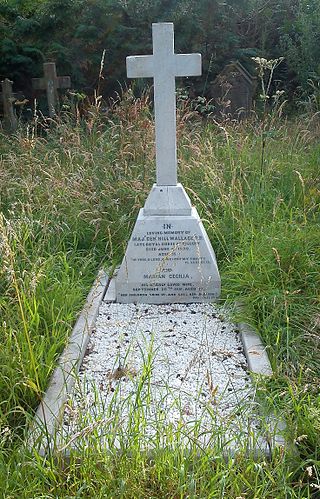
The Royal Horse Artillery (RHA) was formed in 1793 as a distinct arm of the Royal Regiment of Artillery to provide horse artillery support to the cavalry units of the British Army. Although the cavalry link remained part of its defining character, as early as the Battle of Waterloo the RHA was sometimes deployed more along the lines of conventional field artillery, fighting from comparatively fixed positions.
The 6th Queen Elizabeth's Own Gurkha Rifles was a rifle regiment of the British Indian Army, before being transferred to the British Army following India's independence. Originally raised in 1817 as part of the army of the British East India Company, the regiment has been known by a number of names throughout its history. Initially the unit did not recruit from the Gurkhas, although after being transferred to the British Indian Army following the Indian Rebellion of 1857, it became a purely Gurkha regiment, in due course with its regimental headquarters at Abbottabad in the North West Frontier Province of British India. After 1947 the regiment was one of only four Gurkha regiments to be transferred to the British Army and this continued up until 1994, when it was amalgamated with other Gurkha regiments to form the Royal Gurkha Rifles. Over the course of its 177-year history, the regiment was awarded 25 battle honours, although prior to World War I it had only been awarded one and no battle honours were awarded to it after World War II.
Iraqforce was a British and Commonwealth formation that came together in the Kingdom of Iraq. The formation fought in the Middle East during World War II.
The 6th (Poona) Division was a division of the British Indian Army. It was formed in 1903, following the Kitchener reforms of the Indian Army.
The 5th (Mhow) Division was a regular division of the British Indian Army and part of the Southern Army which was formed in 1903 after Lord Kitchener was appointed Commander-in-Chief, India between 1902 and 1909. He instituted large-scale reforms, including merging the three armies of the Presidencies into a unified force and forming higher level formations, eight army divisions, and brigading Indian and British units. Following Kitchener's reforms, the British Indian Army was "the force recruited locally and permanently based in India, together with its expatriate British officers."
The Glamorganshire Royal Horse Artillery was a Territorial Force Royal Horse Artillery battery that was formed in Glamorganshire in 1908. It saw active service during the First World War on the Western Front in 1917 and 1918 as part of an Army Field Artillery Brigade. A second line battery, 2/1st Glamorganshire RHA, served in England and Ireland before being broken up in January 1917. Glamorganshire RHA was not reconstituted in the post-war Territorial Force.
The Shropshire Royal Horse Artillery was a Territorial Force Royal Horse Artillery battery that was formed in Shropshire in 1908 from the Shropshire Battery of the 1st Shropshire and Staffordshire Artillery Volunteers, Royal Garrison Artillery of the Volunteer Force. It saw active service during the First World War on the Western Front in 1917 and 1918 as part of an Army Field Artillery Brigade. A second line battery, 2/1st Shropshire RHA, also served on the Western Front in 1917 and 1918 as part of another Army Field Artillery Brigade. It was reconstituted post-war as a medium artillery battery and served as such in the Second World War.
The 1906 Birthday Honours for the British Empire were announced on 29 June, to celebrate the birthday of Edward VII on 9 November.
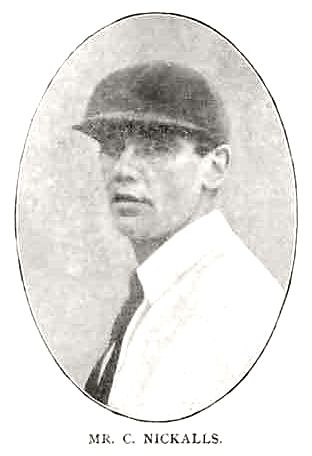
Cecil Patteson Nickalls, D.S.O. was a Colonel in the Royal Field Artillery. He was a champion polo player, and a champion rugby player, who killed himself with a gun on 7 April 1925.
I Parachute Battery Royal Horse Artillery is the Headquarters battery of 7th Parachute Regiment Royal Horse Artillery, part of the Royal Horse Artillery of the British Army, currently based in Albemarle Barracks in Newcastle Upon Tyne.
H Battery Royal Horse Artillery is a battery of 1st Regiment Royal Horse Artillery, part of the Royal Horse Artillery of the British Army. As of 2015, it is based at Albemarle Barracks, Northumberland, England and is equipped with GMLRS.
T Battery Royal Artillery is an air defence battery of the Royal Artillery that serves with the British Army's 12 Regiment Royal Artillery. It is stationed at Baker Barracks, Thorney Island, West Sussex.
The 1915 Birthday Honours were appointments by King George V to various orders and honours to reward and highlight good works by citizens of the British Empire. The appointments were made to celebrate the official birthday of The King, and were published in The London Gazette and in The Times on 3 June 1915.
The 1918 Birthday Honours were appointments by King George V to various orders and honours to reward and highlight good works by citizens of the British Empire. The appointments were made to celebrate the official birthday of The King, 3 June and were published in The London Gazette on the same day, followed by a supplement.
The 1919 Birthday Honours were appointments by King George V to various orders and honours to reward and highlight good works by citizens of the British Empire. The appointments were made to celebrate the official birthday of The King, and were published in The London Gazette from 3 June to 12 August. The vast majority of the awards were related to the recently ended War, and were divided by military campaigns. A supplementary list of honours, retroactive to the King's birthday, was released in December 1919.
The 1919 New Year Honours were appointments by King George V to various orders and honours to reward and highlight good works by citizens of the British Empire. The appointments were published in The London Gazette and The Times in January 1919.




